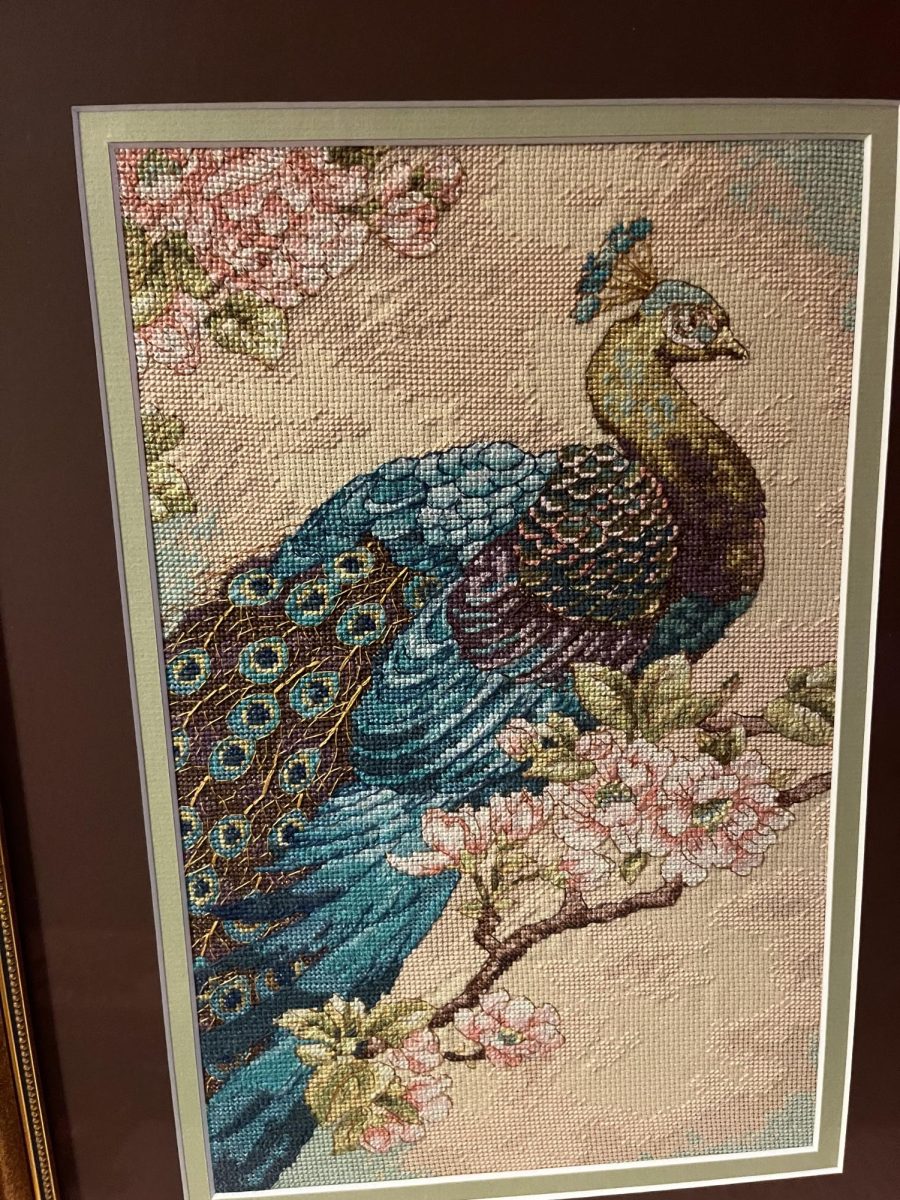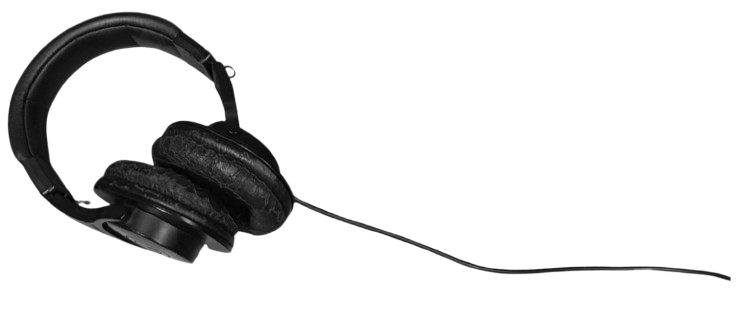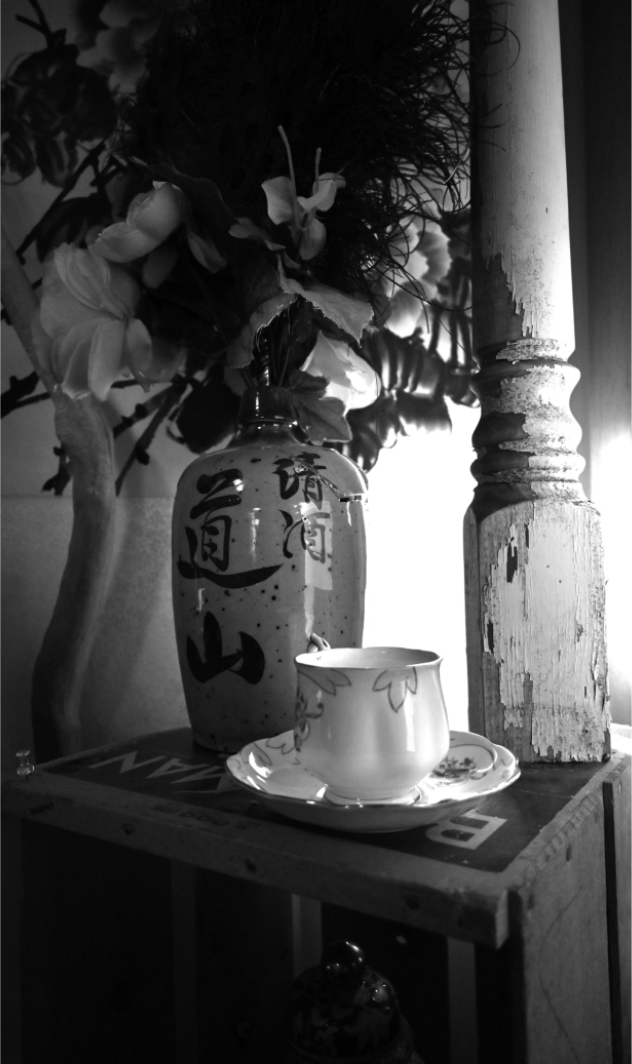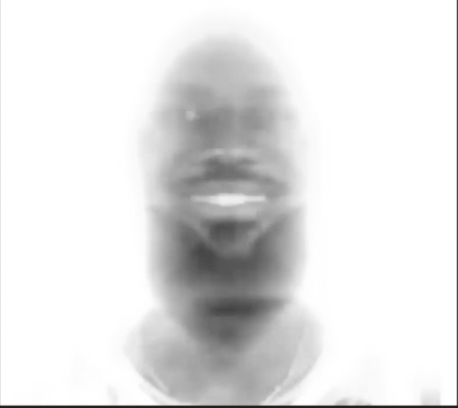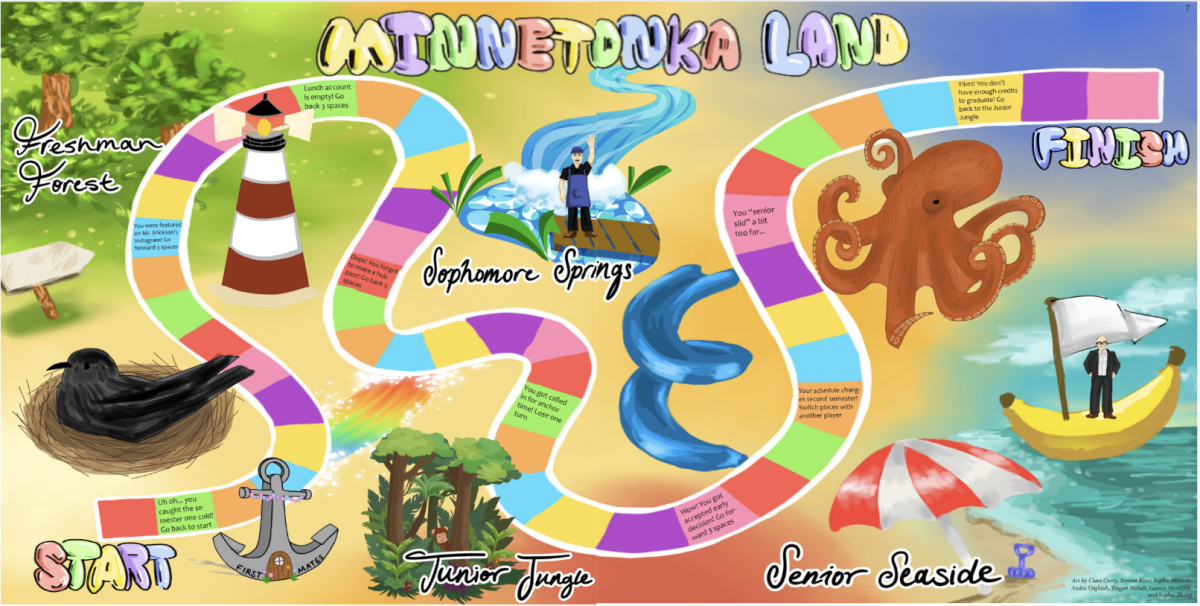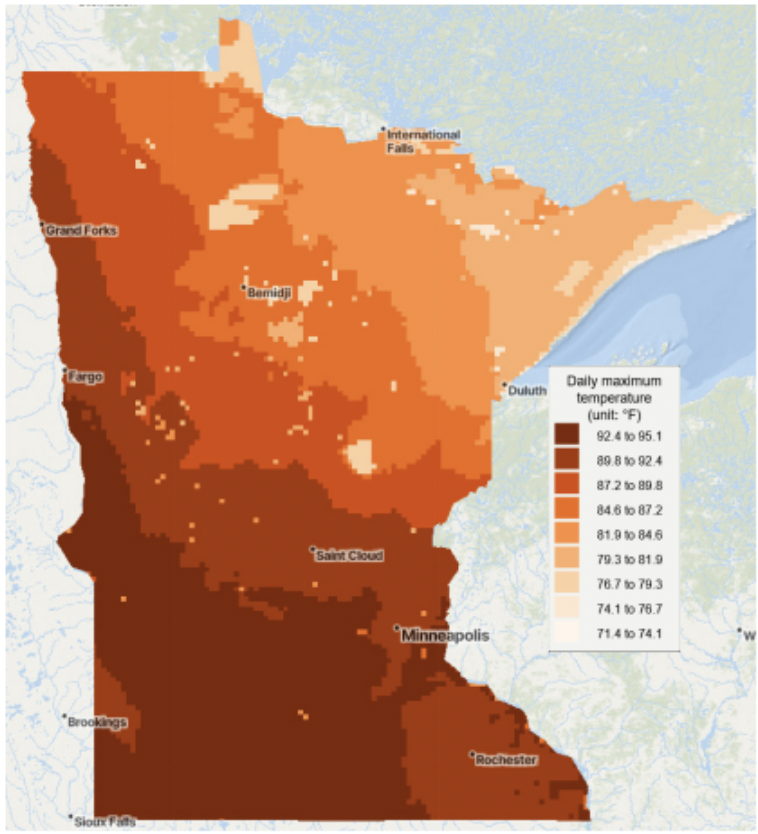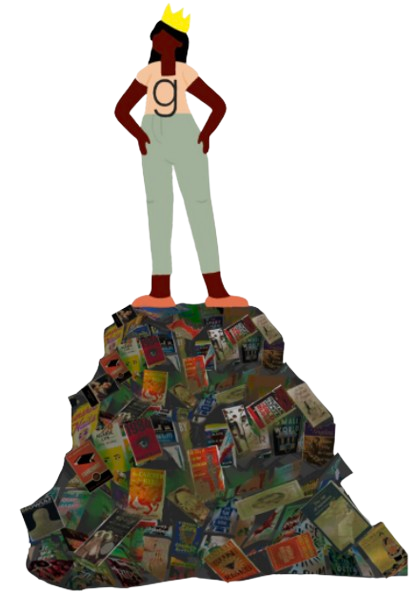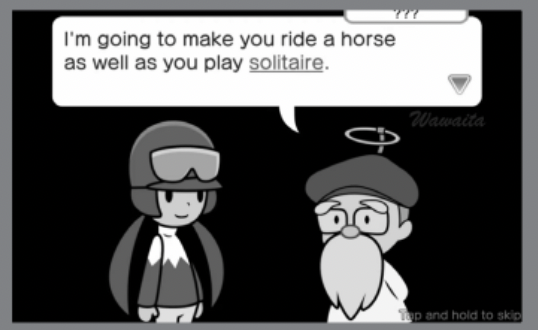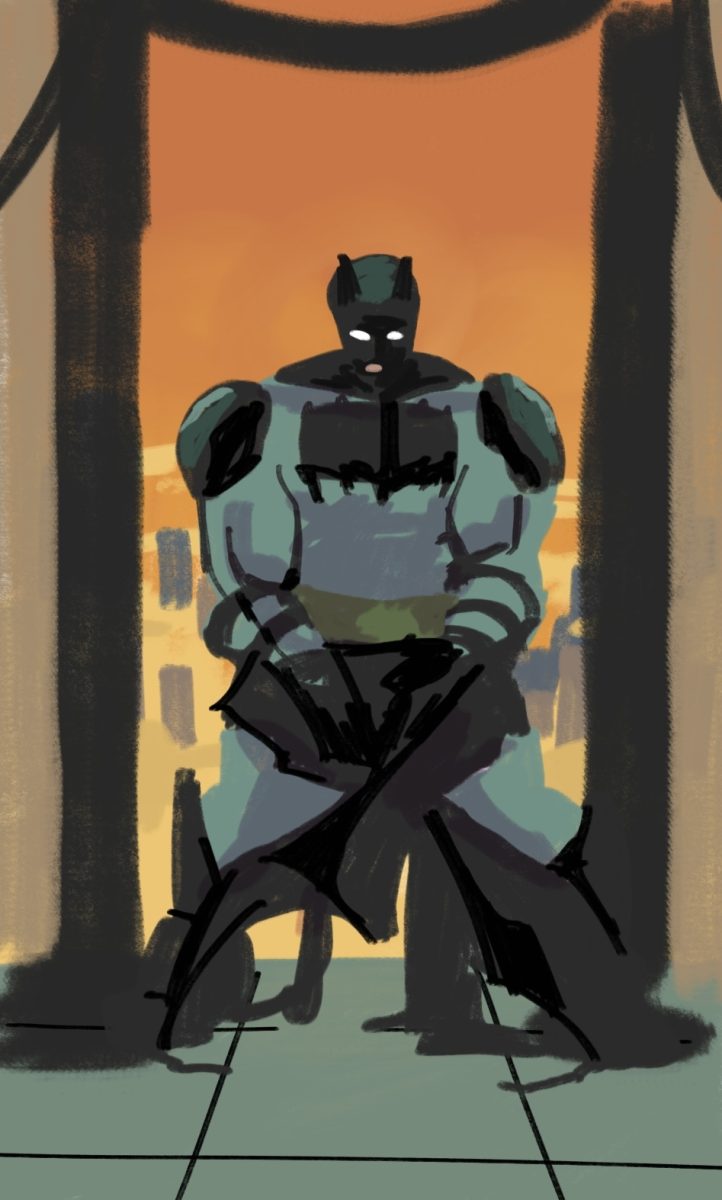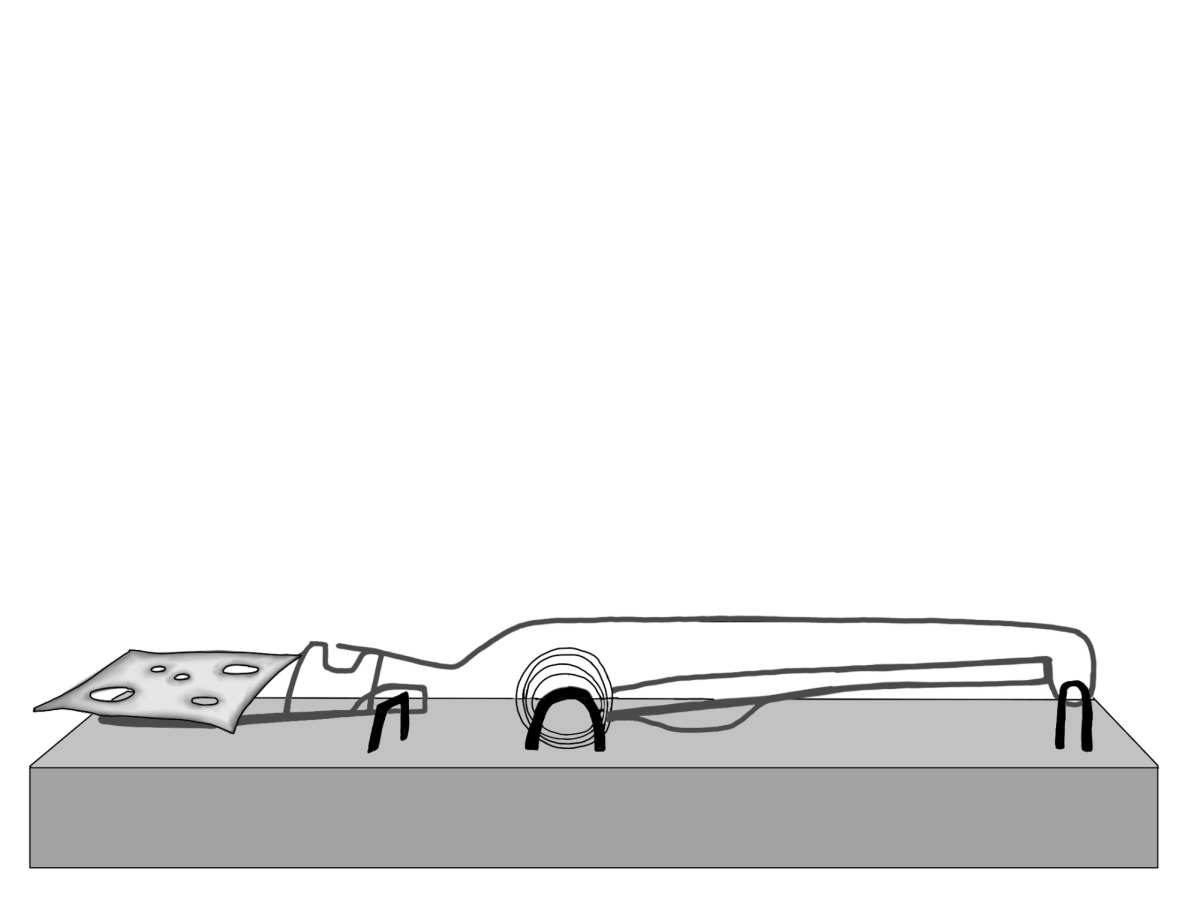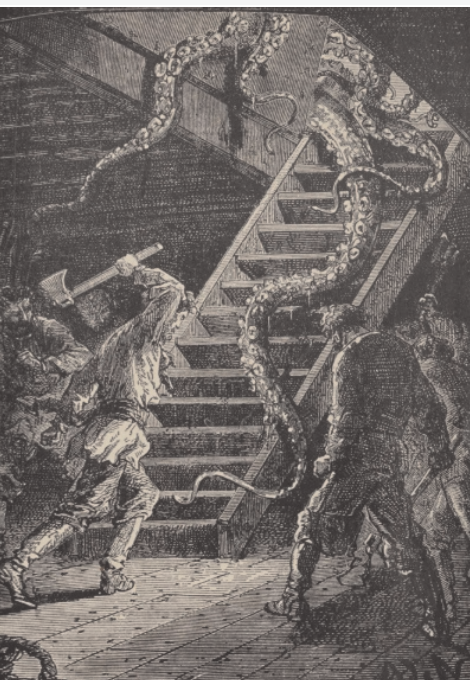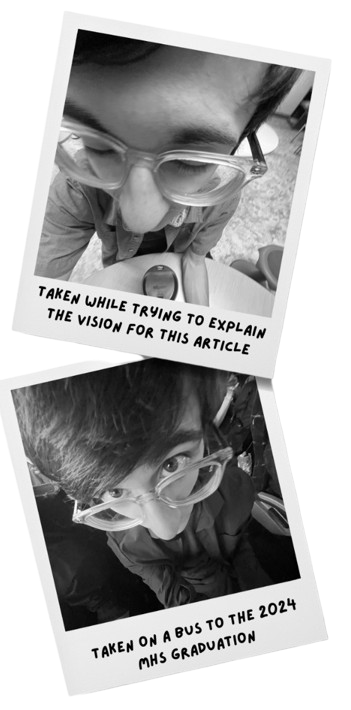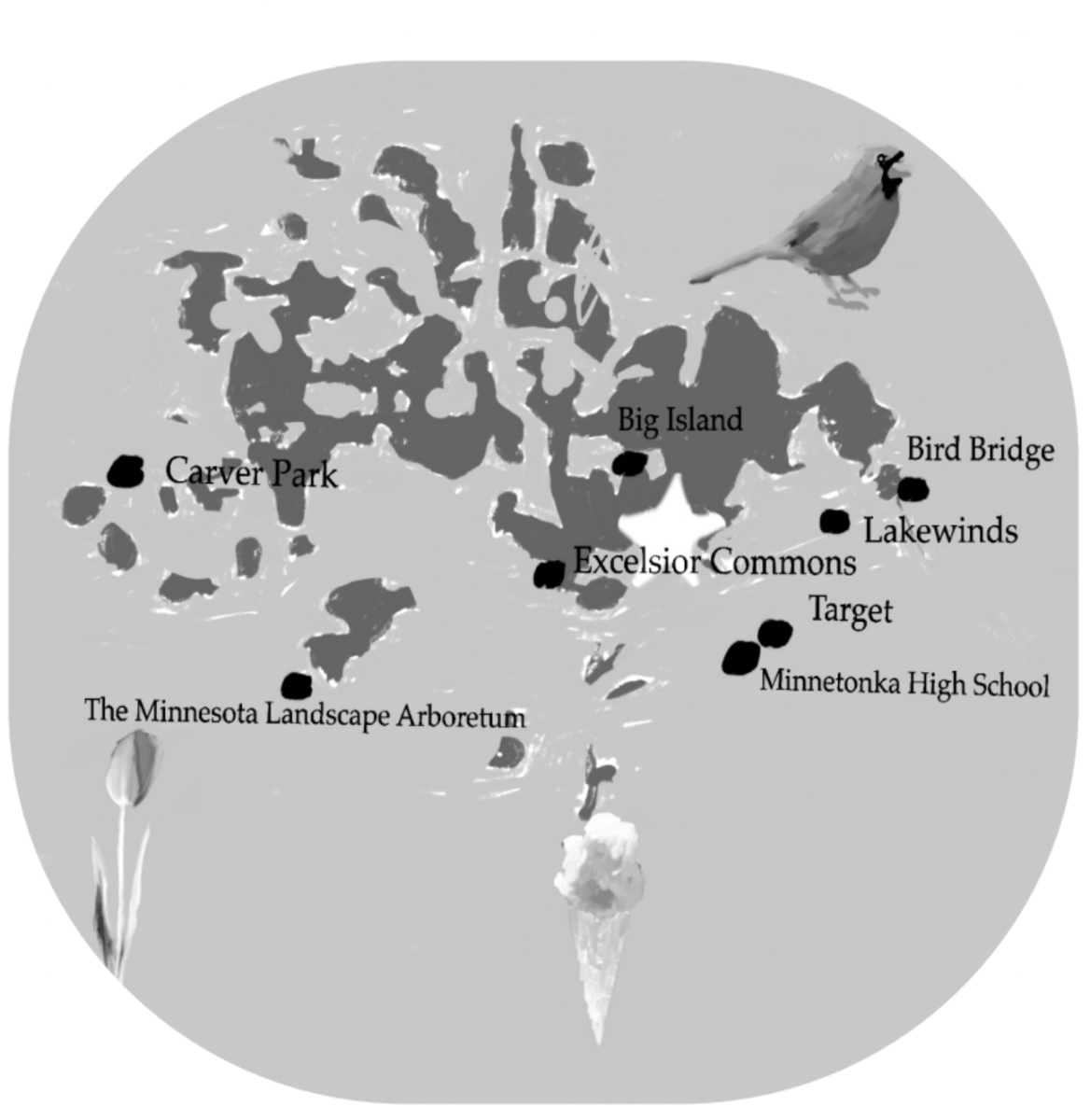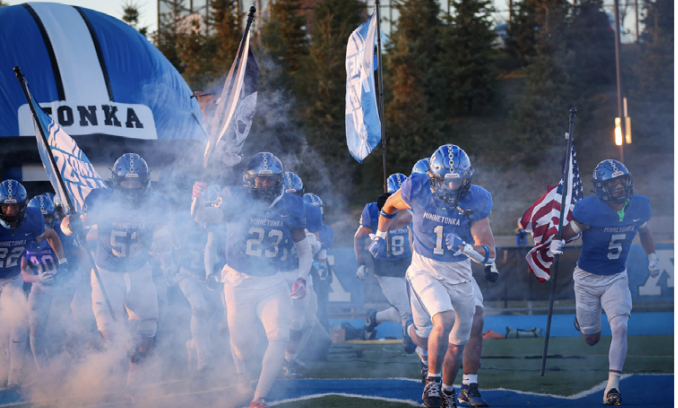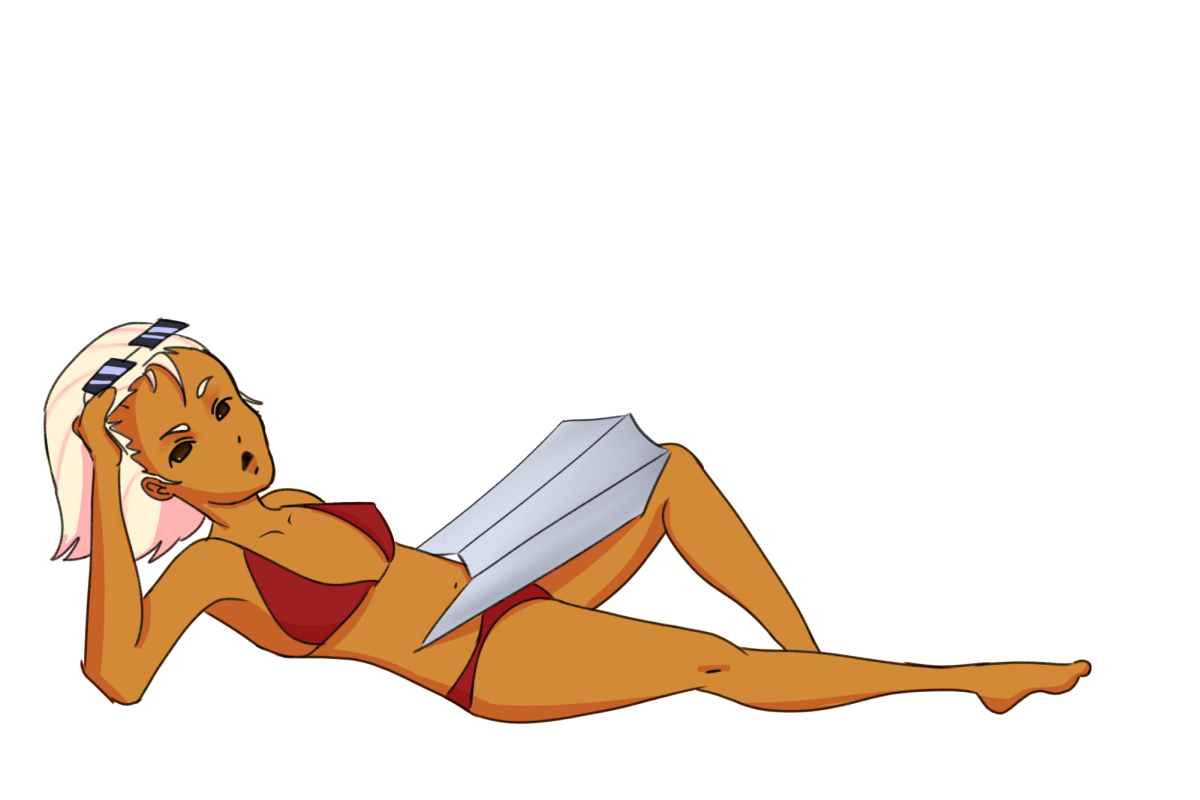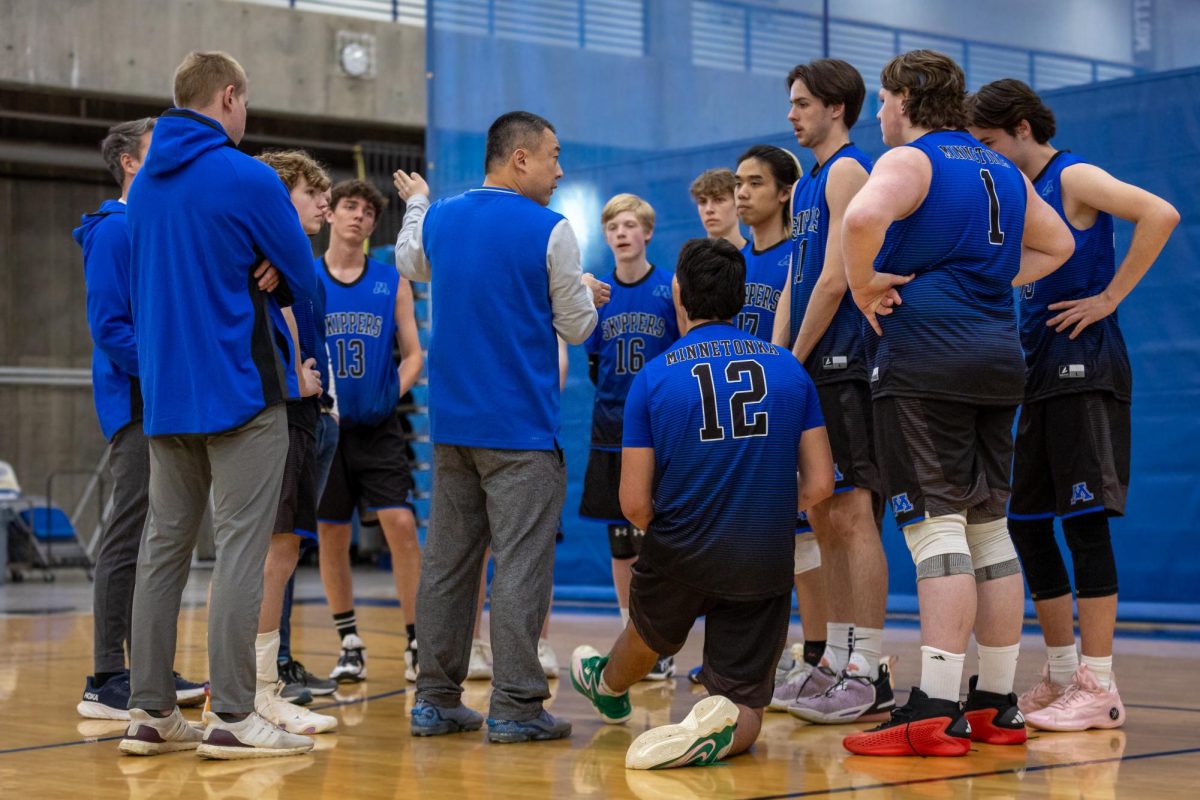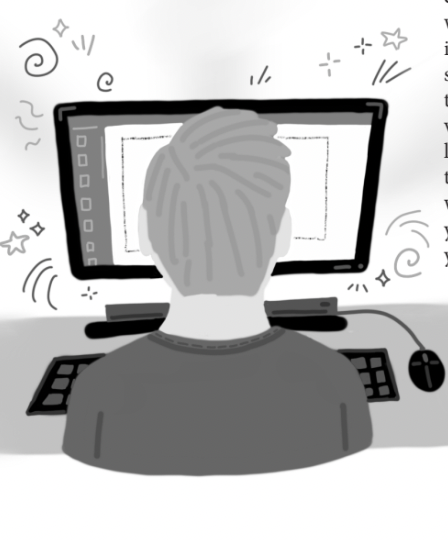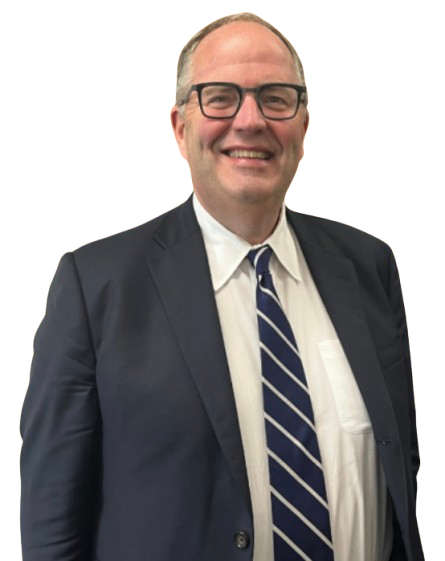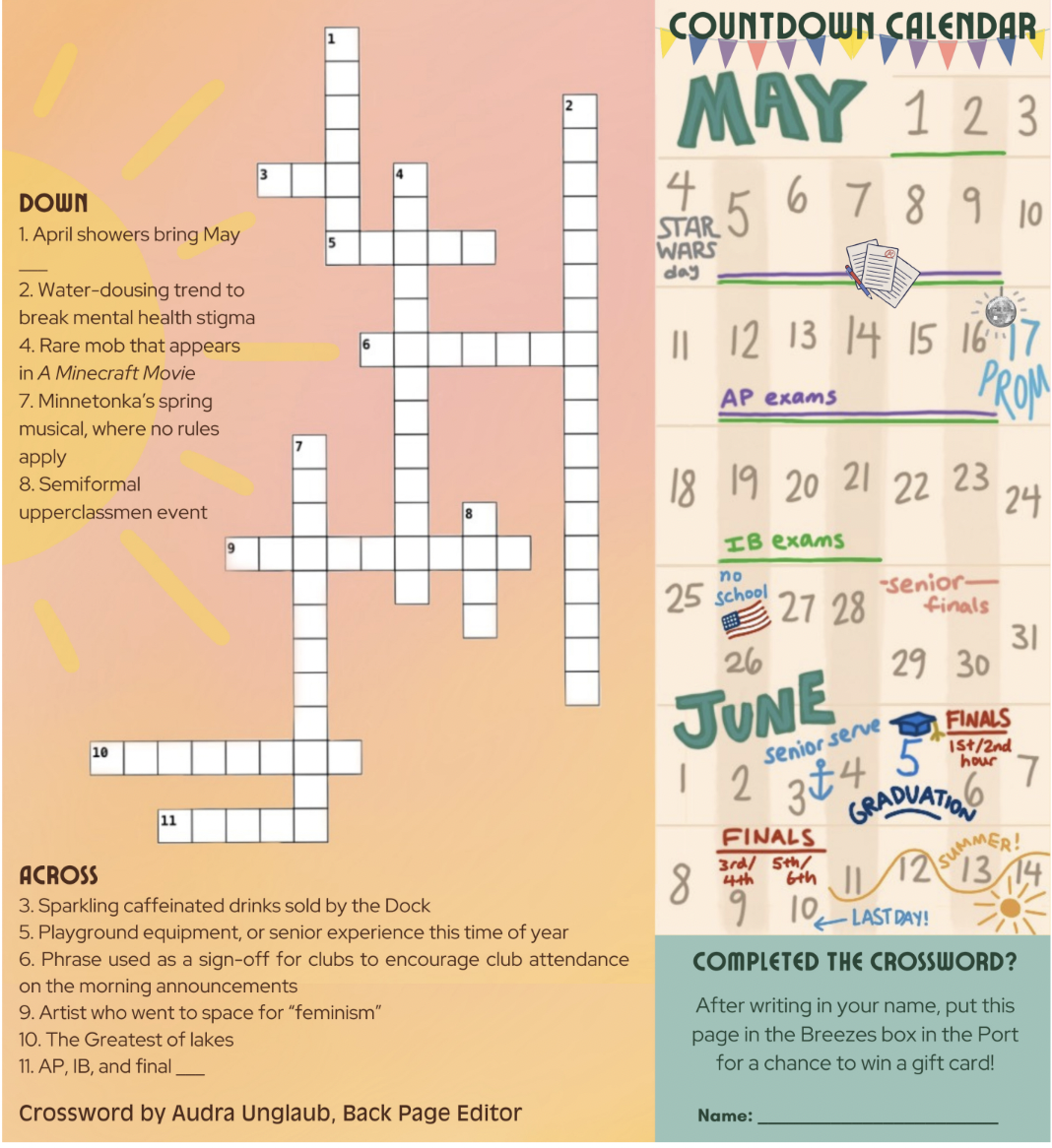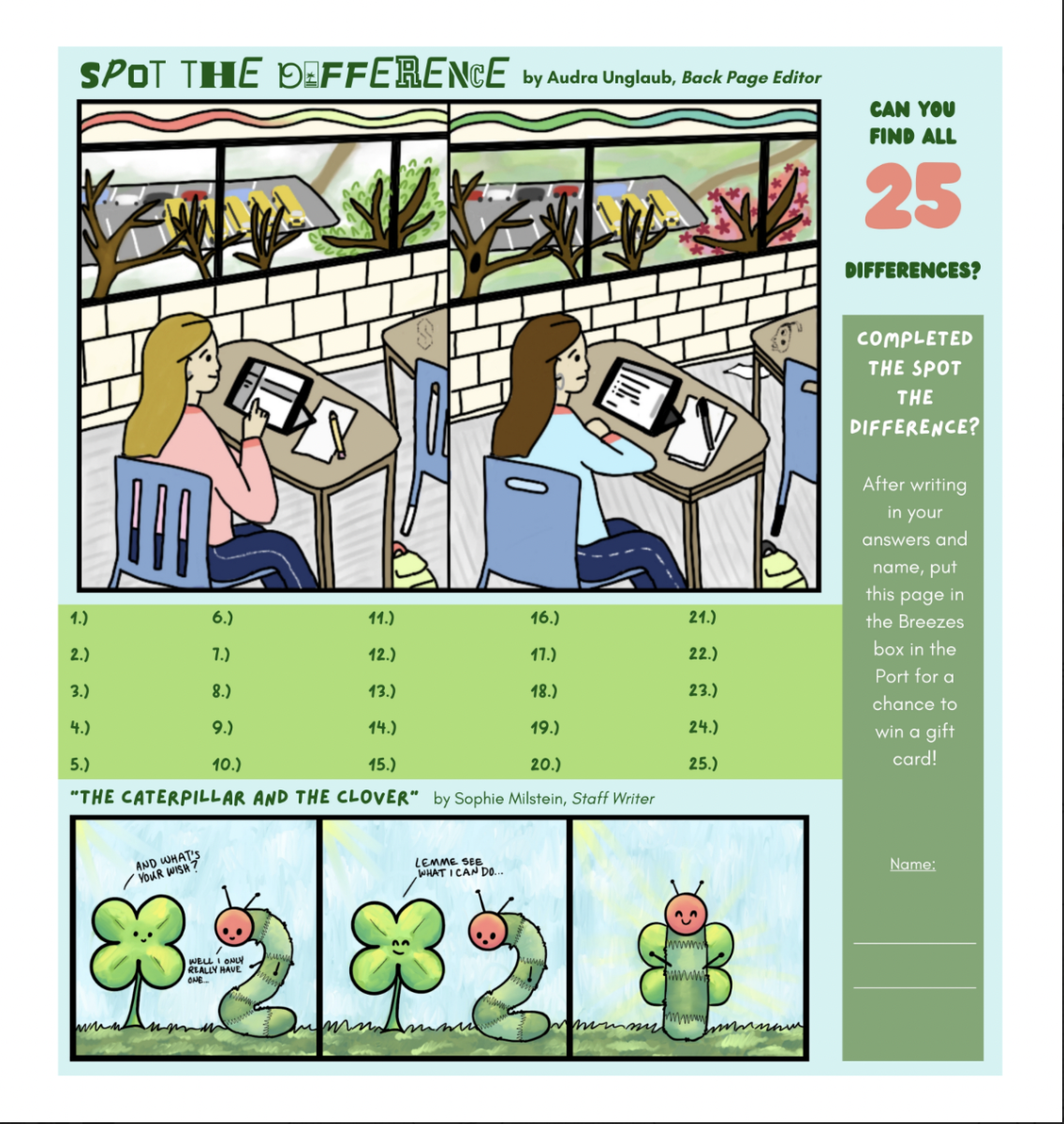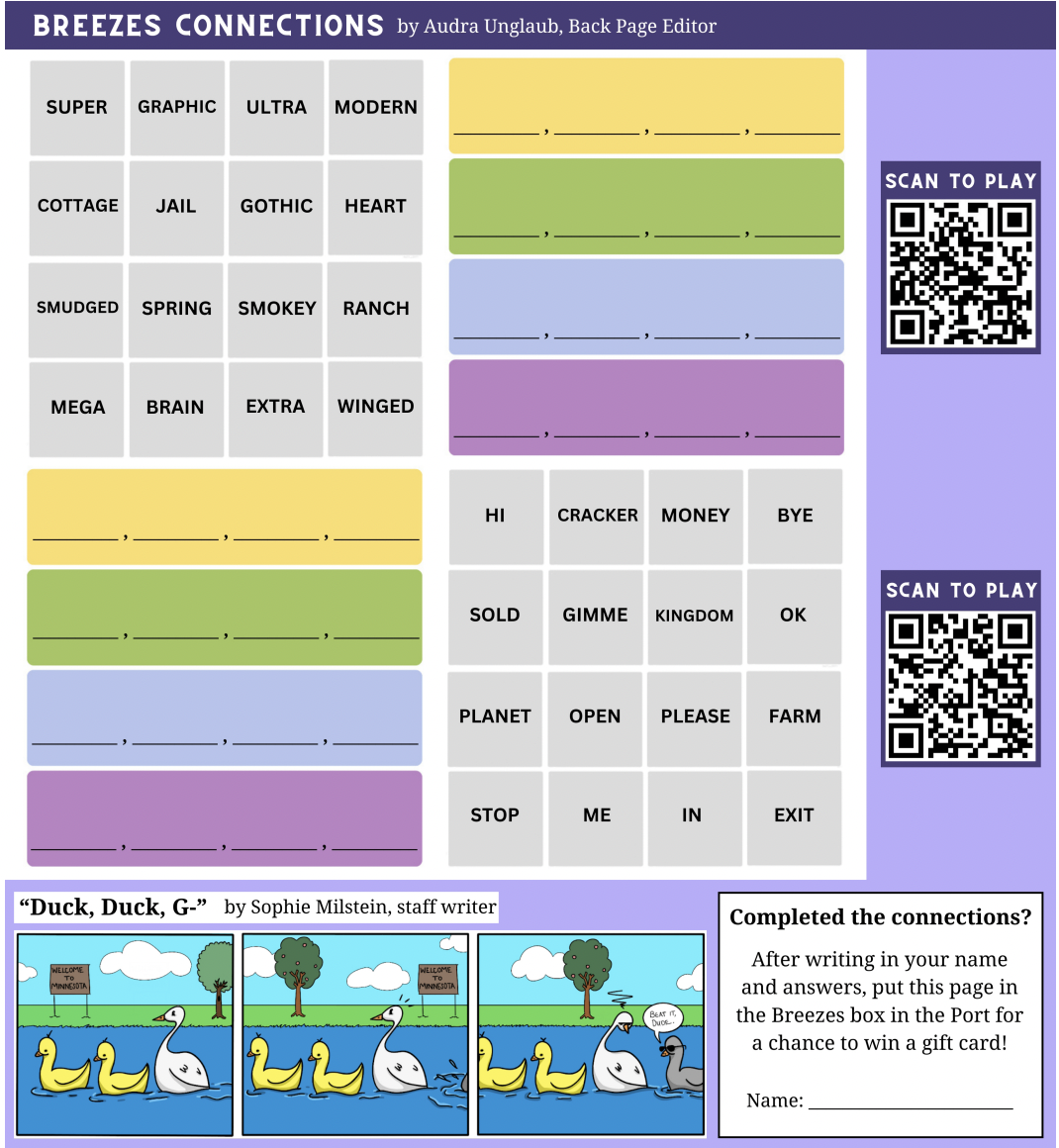Minnetonka’s BIPOC Artists
March 19, 2021
Art is the language of human expression. Throughout history, artists have used their creativity as an outlet for their identity. Art is not only a commentary on ourselves but also on the world around us. Through art, people can uplift diverse backgrounds, perspectives, and voices. Now more than ever, it is imperative that MHS students have conversations with BIPOC student artists about what the school can improve on to make the community a more inclusive place.
Lena Pak and Solveig Lee, both ‘21, are students in IB HL Studio Art and offered their thoughts on art and the importance of diversity in the curriculum. Pak has been painting as a hobby since middle school and enjoys making ceramics. Lee has been doing art on her own since she was young and got into drawing and painting in high school.
Lee enjoys making collages from newspapers and college pamphlets, experimenting with “what goes together and feels cohesive.” She said she hopes that “people can find a small connection to themselves in [her art]”.
Pak takes inspiration from walks and family vacations, photographing items that look interesting. She said she is “inspired by nature and bright, chaotic colors” and is “definitely open to people having different interpretations, but I often have a certain vibe I want to convey through my art.”
“[Art] is a retreat or safe space where I can recompose myself when I’m stressed,” Lee said.
She commented on how it’s nice to do an activity involving paper instead of electronics.
Pak echoed this sentiment, agreeing that “it’s really nice to do something that’s not screen-based. Lena feels that learning about art concepts has changed the way she views the world. She frequently finds herself wondering, “How can I turn that feeling or experience into some sort of visual piece?” when observing her surroundings.
For Lee, being an artist has redefined the way she views art.
“For a really long time, I had an idea of what art should look like,” Lee said. “Art taught me to not prioritize doing the ‘right way of doing things’ and how to be okay with mistakes.”
Through making art, Pak said that she has become more empathetic to others.
“I’ve become a lot more open-minded in what makes a talented or successful person,” she said. “There’s a big trope about what art should or should not be, but I’ve learned that there is no one specific way that a person should make art.”
Lee added that art makes her happy because she has the freedom to make whatever she wants.
“I’ve been more comfortable with labelling myself as an actual artist because I’m finally making stuff I enjoy,” she said.
Pak has recently started selling her pieces, and is glad to know that she “has art in other people’s homes and that they are enjoying it.”
Pak and Lee also addressed the role BIPOC issues play in their art. After the murder of George Floyd, Lena used art as a way to process her emotions surrounding the incident. She said she frequently thinks about how she can “represent diverse people in [her] work or be inspired by other diverse artists.”
Lee said, “Any art that I make has aspects of my own identity in it. By making art that reflects myself, I’ve realized what I can learn from other people’s art, such as BIPOC artists, and I try to include those perspectives.”
Lena reflected on her class’s art history unit last year, recalling that the majority of the artists shown were old white men, with few women and people of color.
“There was one Japanese female artist, and even though her work was not my favorite, I felt like I had to pay special attention to her because she represented me in some way,” she recalled. “Having that representation of diverse people is really important. In Minnetonka, there are so many ways we can incorporate diversity into our curriculum and give our students a voice. It’s important that administration and teachers are supportive in implementing diverse historical figures from different backgrounds so that everyone can feel represented and included.”
Lee talked about how “reading books containing diverse perspectives” in her English class “really contrasted” with her experiences in other classes. “Having teachers that uplift diverse perspectives is really important,” she said.
Lee and Pak offered their thoughts about what MHS can do to make the school community a more inclusive place.
“MCEE is a really great resource to get connected with a community of students, adults, and alumni who want to make Minnetonka a more inclusive place,” Lee said. “Talking and reaching out to people about what you see is the most important way to advocate for yourself.”
Pak also “encourages students to call out problematic behavior in class right away” and said that “we really need to normalize holding each other accountable to using inclusive language in the classroom and not supporting stereotypes.”
“Because Minnetonka is so majority white, people feel that these equity initiatives are only for the BIPOC students, but it’s important to remember that equity is going to help the white students as well by educating them on how to be more empathetic people,” Pak pointed out. “Minnetonka is failing its white students by not providing them with a diverse curriculum.”
“BIPOC students shouldn’t have to advocate to be heard,” Lee added, “By including curriculum that uplifts BIPOC experiences and stories, everyone will be able to be part of the conversation.”

